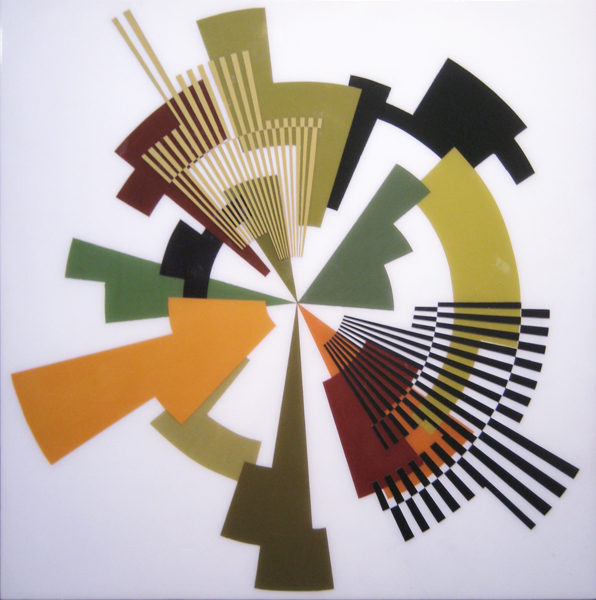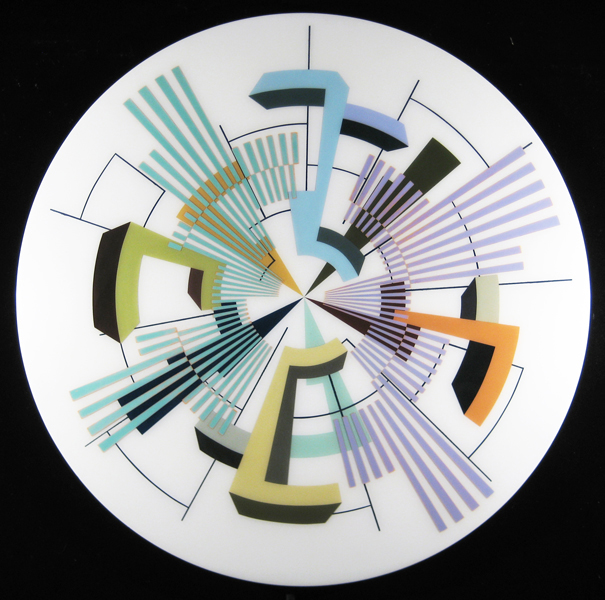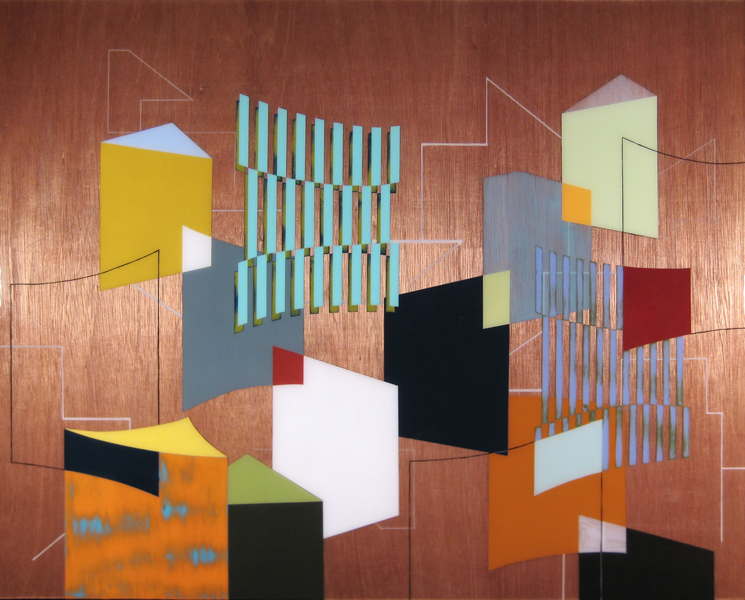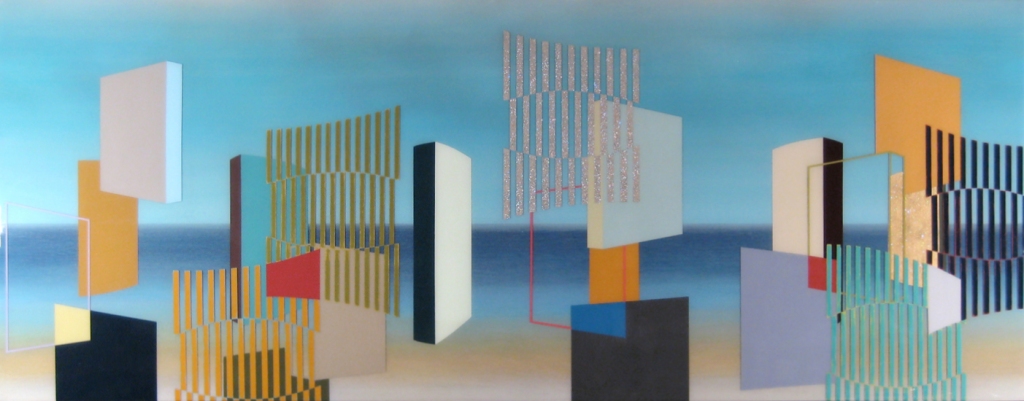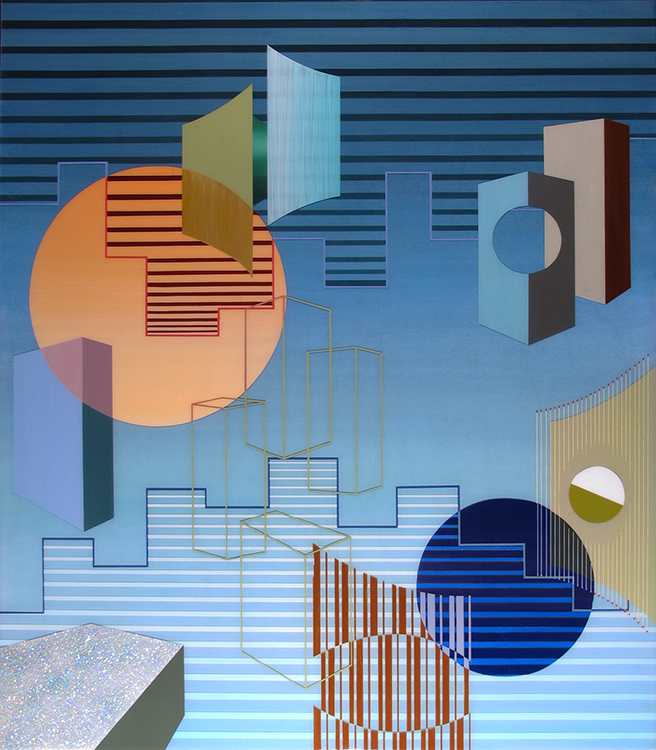Bakersfield Museum of Art
“Bryan Ida : Life of Change: A Retrospective”
Sept 28th, 2023 – Jan 6th, 2024
After working with thick layers of epoxy for the past few years I started using acrylic so I could do multiple layers without building too much weight and to get away from the toxicity of epoxy resin. I could do many thin layers, up to 50 layers, and build subtle darkness again like I used to with oils.
In this series I have continued my exploration of memory and it’s relationship to our feeling of place. We have strong emotional memories tied to certain locations as well as small recollections based on glimpses of areas we have passed by. Our memory is a reduction and refinement of our experience and I try to collect and assemble this assortment of thoughts and impressions and further distill them to their essence and lay down the elements in paint.

“China Basin” 48 x 39 acrylic on panel 2015

“Shelter Island” 39 x 65 acrylic on panel 2015
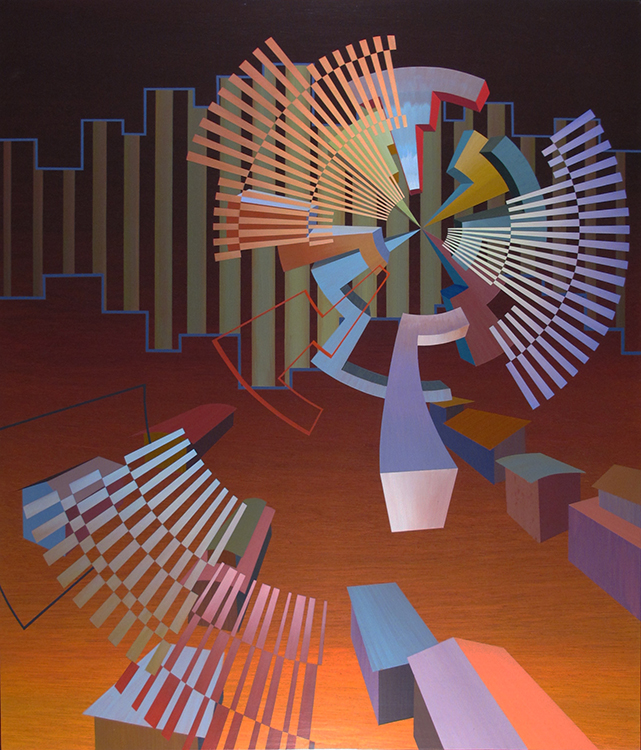
“Dusk in the Blink of an Eye” 48 x 41 acrylic on panel 2015
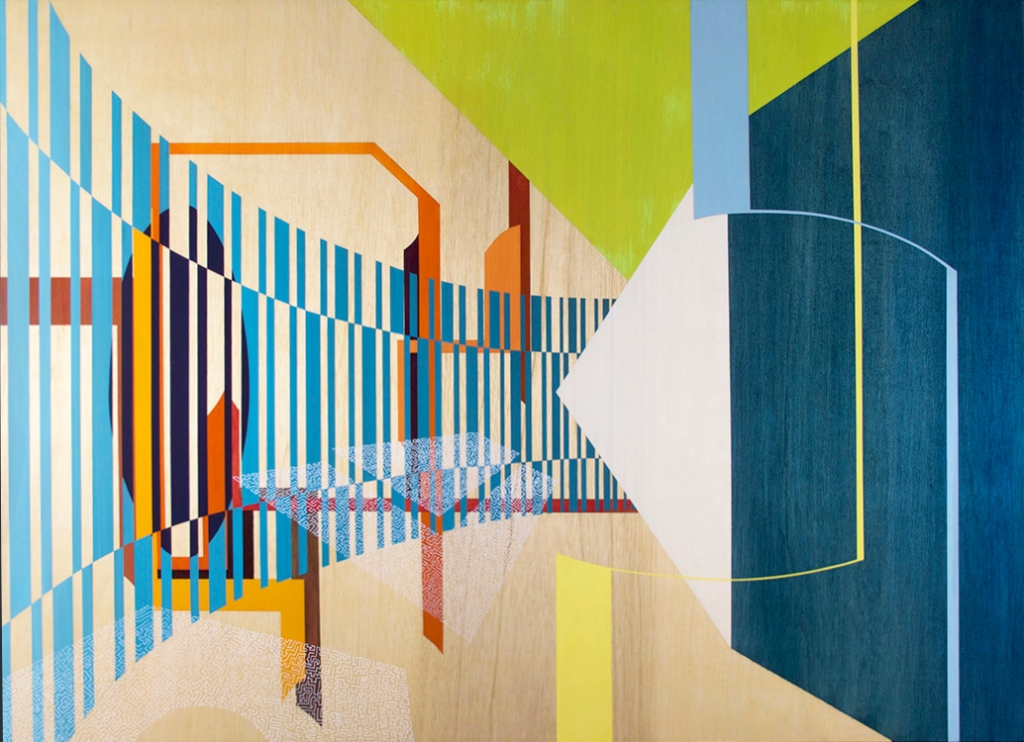
“On the Perspective of Being Wrong” 34 x 48 acrylic on panel 2016
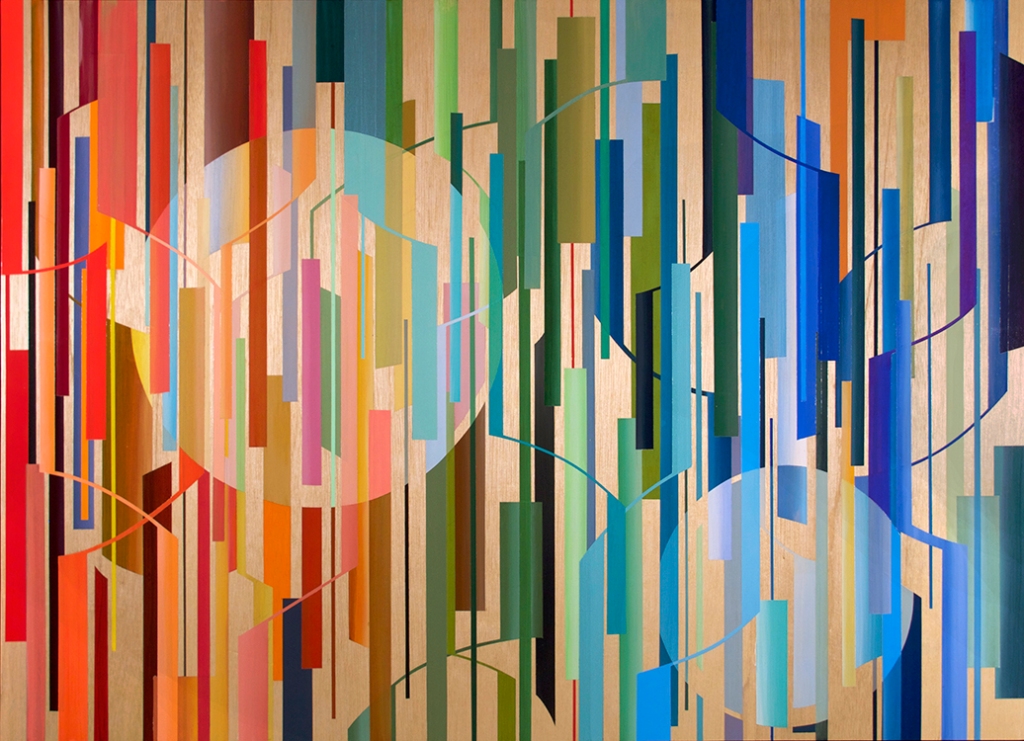
“Fallout” 34 x 48 acrylic on panel 2016
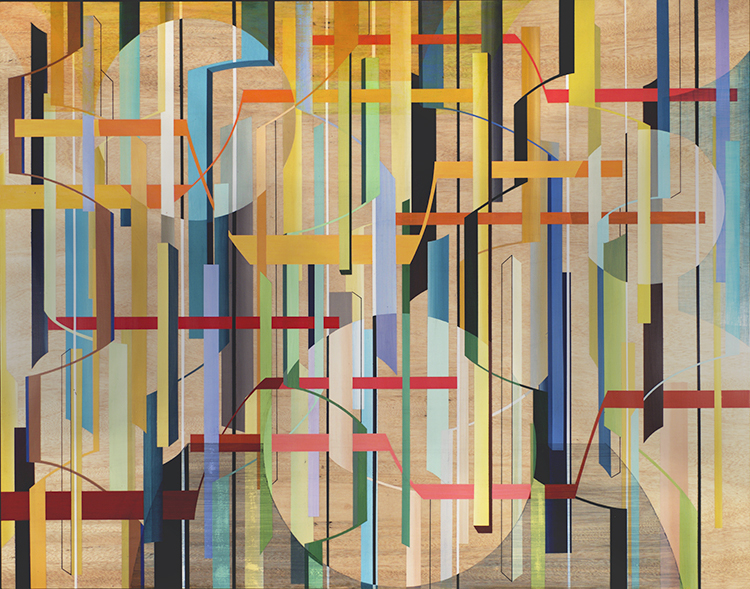
“Lines Drawn to Yesterday” 44 x 56 acrylic on panel 2016
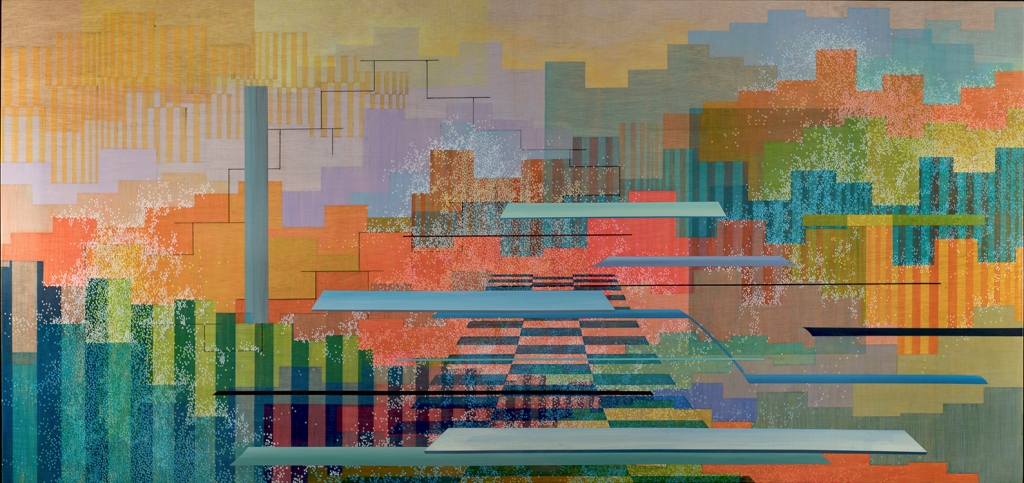
“Moment by Moment” 35 x 74 acrylic on panel 2017

